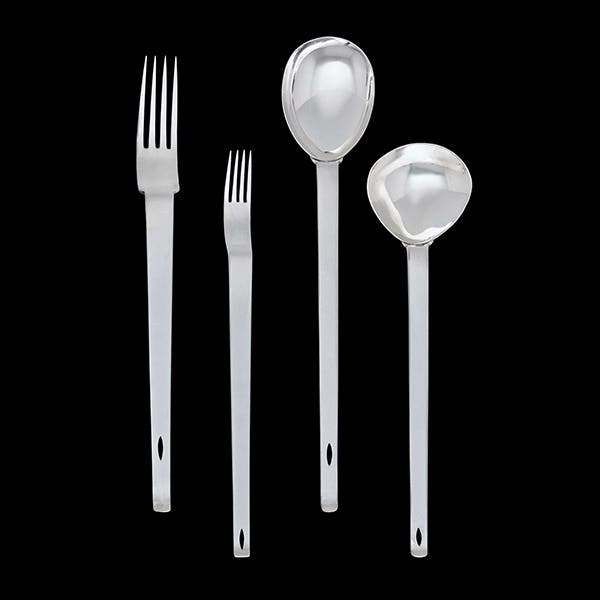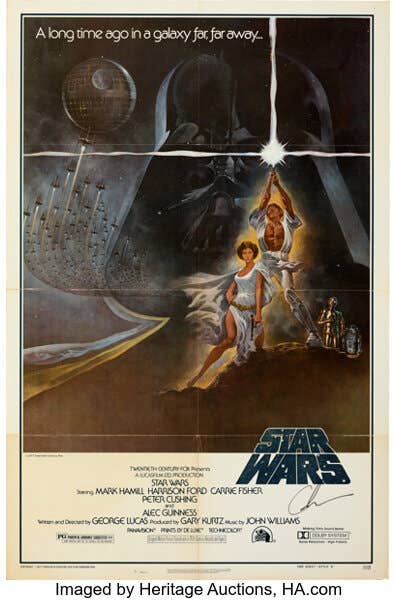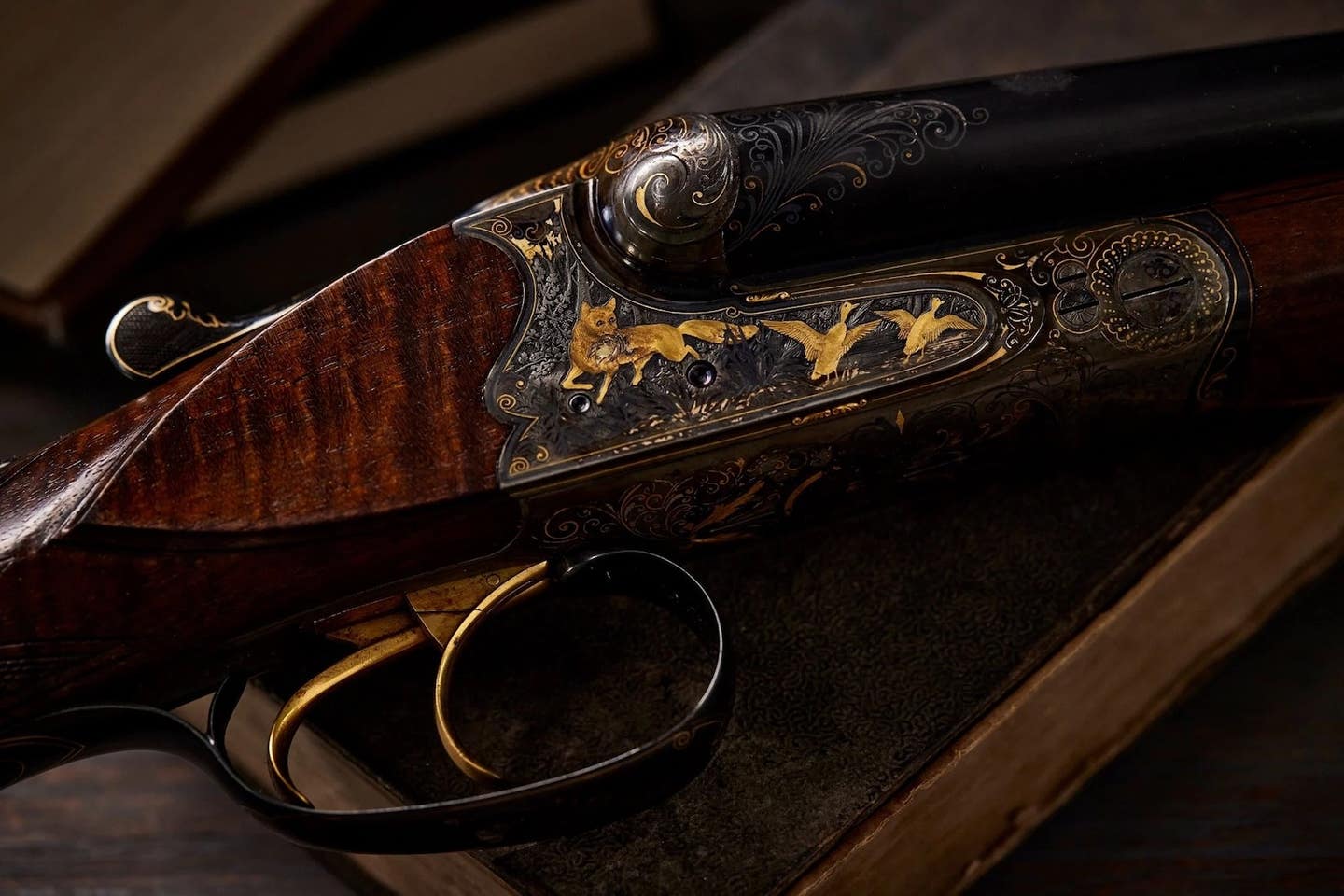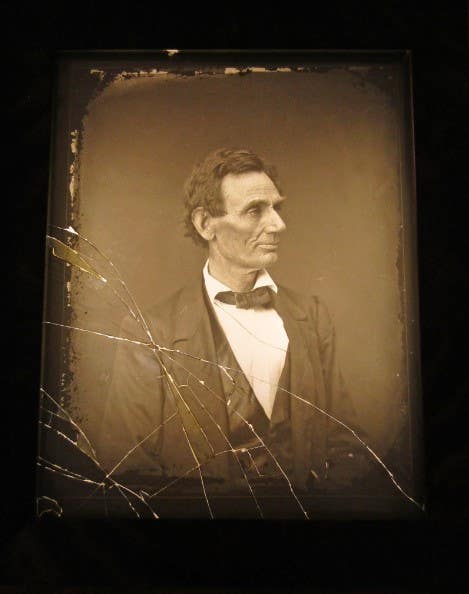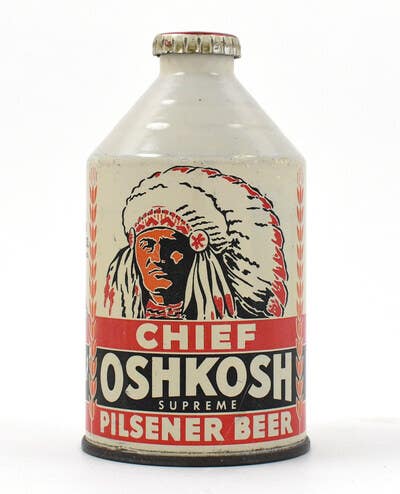Step Right Up for Chalkware Charm!
From glittery bulldogs to pop culture oddities, carnival chalkware once lined the shelves of game booths—now it lines the shelves of collectors in the know.
As summer approaches, traveling carnival, county, and state fair midways across the country are preparing to serve up deep-fried dreams, dizzying rides, and stuffed animal prizes that are so big, they walk you to the car. But did you know that before plush toys became the standard fairground trophy, carnival-goers vied for whimsical chalkware figurines?
From Midway to Mantel: A Brief History of Carnival Chalkware
Originally, chalkware was an affordable alternative to expensive ceramics in the 19th century. By the 1890s, their role shifted as they became popular prizes at carnivals and circuses, enduring into the 20th century before being replaced by stuffed animals. These fragile but colorful prizes ranged from kewpie dolls and critters to pop culture icons. These were the coveted trophies ofskillful carnival gamers from approximately 1910 through the 1960s. Chalkware ruled the midway tradition before plush toys took over.
Carnival chalkware, made from molded plaster of Paris, (although some were made of sculpted gypsum) was an affordable medium, produced in large quantities by various doll and novelty companies for the carnival and fair midway circuit, with a wholesale price of around a dollar a dozen. Between approximately 1910 and 1940, these figurines were popular carnival prizes. They generally depicted characters like Kewpie dolls, animals, movie, radio and cartoon stars, and even patriotic figures.
Eric Renner’s Legendary Collection
Eric Renner (1941 - 2020) was an artist, the leading authority on pinhole photography, and a passionate collector and scholar of chalkware. In the world of collectibles, he was particularly known for his extensive collection of over 1,350 carnival chalkware pieces. His dedication to preserving these vibrant plaster pieces highlighted the depth and variety in this category. Renner's collection reflected the cultural and artistic trends of the early to mid-20th century. His efforts preserved these nostalgic items and brought attention to their significance in American folk art and carnival history. His book, American Disguise, describes the evolution of specific cartoon, comic, film and political characters transformed into carnival prizes available from 1910 to the 1960s.
In 2016, Hakes Auctions showcased and sold some of Renner’s monumental collection. One of the top performers was a rare Eugene the Jeep chalkware figure, based on the beloved Popeye character, which realized over $1,000—a testament to its scarcity and pop culture appeal. Other highlights included a vividly painted Betty Boop and an unlicensed Snow White and the Seven Dwarves collection, both underscoring the collection’s breadth and cultural resonance.
Paint, Chips, and Glitter Tips: How to Spot and Save Your Chalkware Finds
The market for chalkware remains robust, with collectors seeking pieces in good condition, especially those with minimal paint loss and intact features. While some standard designs are accessible, rare or unusual figures can command higher prices, reflecting their scarcity and desirability. Online platforms, such as eBay and Etsy, along with antique shops and estate sales often showcase a range of chalkware items, with prices ranging from under $20 to nearly $1,000. These marketplaces offer seasoned collectors and newcomers opportunities to find pieces that resonate with them.
For collectors, dating carnival chalkware is part art, part science. The earliest pieces, often hand-painted, feature careful brushwork and finer facial features—signs of pre-1920s craftsmanship. By the 1920s, airbrushing became standard to speed up production, although it came at the cost of details, especially facial details. Eventually, stencils replaced skilled hands entirely, leading to simpler, more generic designs. There are several good online sites such as the Facebook Chalkware Collectors group and the Collector's Weekly chalkware page. Additionally, there are excellent print resources, like Mr. Renner's book (linked above), and Carnival Chalkware, Giveaways, and Games from Schiffer Publishing.
The paint coverage can also offer clues that help determine a piece's age. Figures fully painted front and back, especially the generic human figures, were likely made in the 1940s. Post-1930 additions like glitter, glass eyes (common on animals from 1935 to 1950), feathers, or novelty props such as tiny wooden cigarettes help narrow down production eras. And while condition does impact value, chalkware collectors are a forgiving bunch—chips and faded paint are expected in these fragile, often unglazed figures. Some were protected by a beeswax or varnish coating, but many were simply painted and left to face the world, carnival chaos and all.
Preserving chalkware requires careful handling due to its susceptibility to chipping and fading, and its delicate nature meant many didn't survive the test of time—display pieces away from direct sunlight and in stable environments to maintain their vibrant colors and structural integrity. Regular dusting with a soft cloth can help them keep looking their best. What some see as garish and kitschy, collectors of carnival chalkware embrace as part of its irresistible charm, a reminder of a time when joy could be found in the form of a gaudy hand painted figurine won from a lucky midway ring toss.



